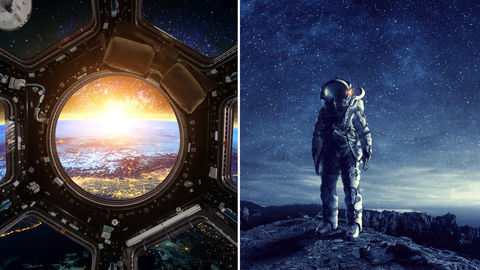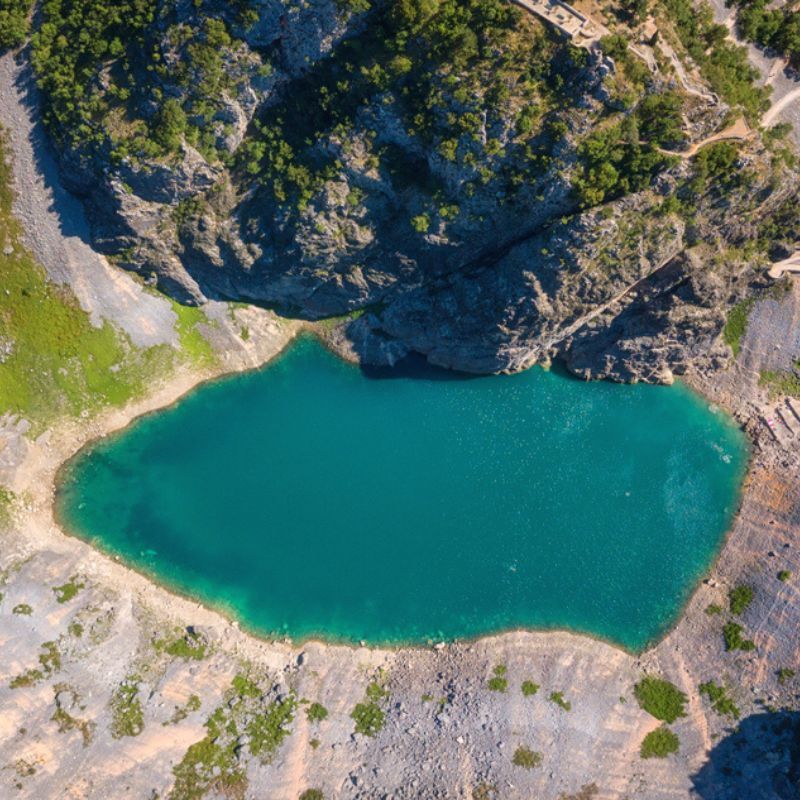
Last year during the Independence Day Speech, Indian Prime Minister Narendra Modi announced the Gaganyaan Mission – India’s first manned mission to space. Coinciding with our 75th independent year, the Indian Space Research Organisation (ISRO) is expected to complete this highly ambitious task by 2022. With only four years left, this is all the information we have so far. By Bayar Jain

The announcement for India’s first manned mission to space was made last year during an Independence Day speech by Narendra Modi. Standing tall at the Red Fort, his – and uncountable Indians’ – eyes seemed to be looking for the stars that remain unexplored by Indians.
Translating to ‘sky craft’ in Sanskrit, this aptly named mission Gaganyaan is expected to launch between December 2021 and early 2022. Not only would it put India among the elite nations who have waved their flags in space (so far only Russia, United States of America and China have managed to do so), but it is also expected to create 15,000 jobs in the nation.
On December 29, 2018, a budget of INR 9,023 crores was sanctioned by the government for this mission. This includes infrastructural costs as well as the cost incurred to train the staff.
A pact has been signed between ISRO and the Russian firm, Glavkosmos, for training. As per this pact, a three-tiered training will be conducted for the chosen astronauts; two levels at The Institute of Aerospace Medicine in Bengaluru, while the remaining will be in Russia. However, only three astronauts will be chosen for this mission – one of which is presumed to be a woman. Before the arrival of the D-Day, two unmanned missions have been planned to ensure safety. The first one will take off in a span of 30 months from August 2019, while the second in 36 months.
Placed in a low-earth orbit of 300-400 km, during the final mission the crew will remain in space for an entire week. It would take only 16 minutes to reach space, whereas the return journey could take a little more than twice of that. This seemingly short trip, however, comes with years of planning and strategising. The rocket designed to transport the crew, called the Geosynchronous Satellite Launch Vehicle – III (GSLV-III) is believed to have taken fifteen years to build.
With regards to technical aspects of the rocket, little is known. The only thing known so far is that it can launch satellites weighing up to four tonnes. The space suit, on the other hand, is not garbed in mystery. Displayed during the sixth edition of Bengaluru Space Expo, the orange-coloured prototype allegedly took two years to develop at the Vikram Sarabhai Space Centre in Thiruvananthapuram. With a capacity of one oxygen cylinder, the suit will allow the astronaut to breathe in space for an hour.
Related : The World’s First Space Champagne Was Just Launched In France And It Looks Like This










